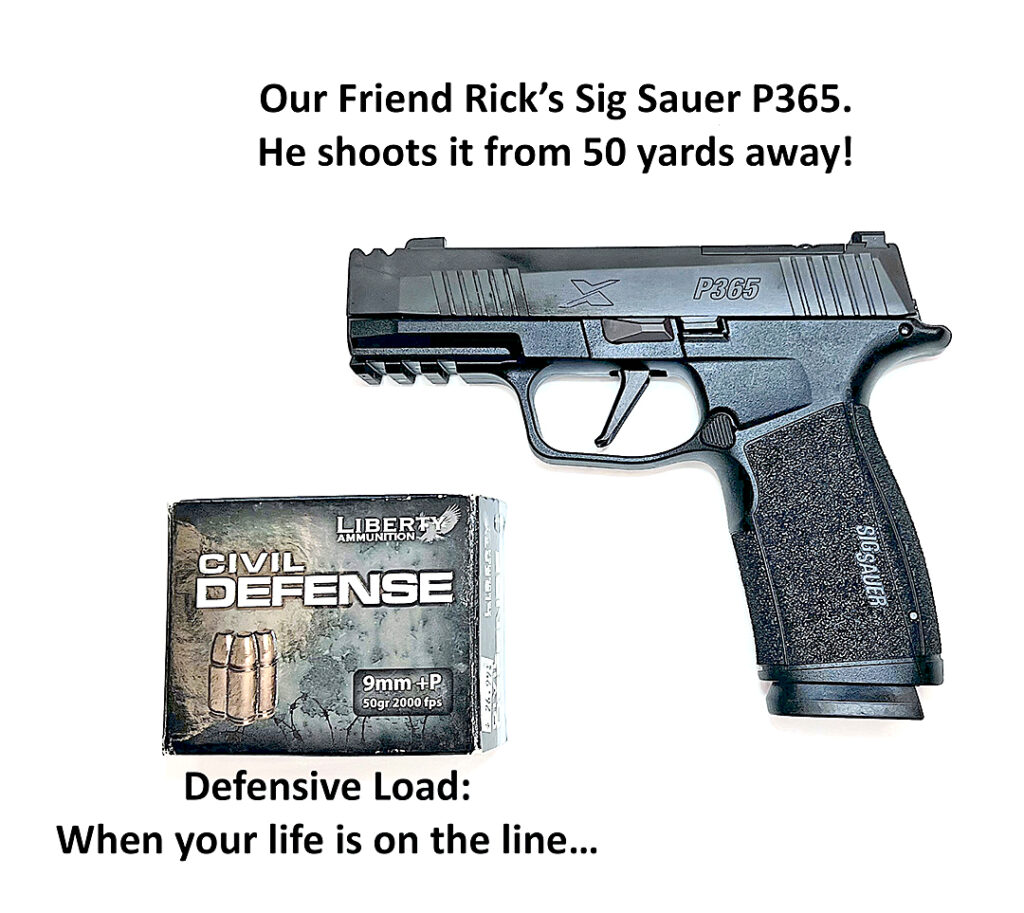A super hero wannabe


Wasn’t there a time when you wanted to be a super hero?
Joe wanted to be Superman. Superman was a popular television show when Joe was growing up.
I was going to be the Lone Ranger. He sure could twirl that gun as he slid it into his holster.
We both thought just maybe, one day, we would be able to do something really good.
One young man, Elisjsha Dicken, was named a super hero. Only 22 years old, Elisjsha saw a man shooting shoppers at an Indiana mall. He pulled out his 9mm Glock and, from 40 yards away, neutralized the man who had already killed three people and injured two more.
“I will say his actions were nothing short of heroic. He engaged the gunman from quite a distance with a handgun,” Greenwood Police Chief James Ison said. “[He] was very tactically sound as he moved to close in on the suspect, he was also motioning for people to exit behind him. He has no police training and no military background.”
And that’s what inspired a local Wakulla County man, Sam, to consider purchasing his first gun.
“One person has the potential to save so many lives,” he marveled to Joe and me. “I bet if I just showed him my gun, he’d have run away.”
And that would put Sam into deep trouble too.
Sam, along with other potential do-gooders, should consider that it might be better not to own a gun at all.
Yes, in Florida, we have the right to own and even wear a gun on our person or carry one in a purse (if we are of age and unless we are a convicted felon).
However, your gun must be hidden from sight. That means your shirt or jacket must cover it. If your shirt is tight and someone can see the outline of your gun, that’s called “imprinting.” You are not allowed to wear a gun in such a way that it imprints.
Sam thought that if he turned sideways, displaying his gun, then the shooter might leave the area. And, if that didn’t work, he planned to pull his gun from the holster, waving it so the bad guy would see it and run away.
In either case, Sam could be in trouble.
Sam could be arrested for displaying his gun, or for allowing the gun to be imprinted beneath his shirt. He could also be arrested for waving his gun. This is called “brandishing.”
Sam, in wanting to be a good guy, could be arrested for what is called the “public display of a firearm.”
Maybe Sam still has that childhood wish to be a super hero. But maybe, this wish is going to get him into more trouble than he can stand.
“Do you know the four major rules of gun safety?” Joe asks Sam.
“Umm,” Sam is thinking. “Why don’t you remind me?” he asks Joe.
Joe tells him: “The four major rules of gun safety are:
- Point your gun in a safe direction,
- Always consider your gun loaded,
- Keep your finger off the trigger until you are ready to shoot, and
- Be sure of your target and what is beyond it. member.”
Let’s take pointing your gun in a safe direction,” he begins. “As you draw from your holster, is there any chance your finger on the trigger could squeeze it before you intended? You might end up shooting the shopper beside you before you train your gun on Mr. Bad.
“Next, are you showing or waving your gun with the intention of scaring Mr. Bad away? All guns should be treated as if they are loaded. You don’t get any get-out-of-jail free card if you say your gun isn’t loaded and that you just planned to scare the bad guy. You see, all guns are considered loaded. You could be arrested for brandishing your gun. Even worse, someone could shoot you, thinking you are an aggressor carrying an armed gun.
“Rule 3 is that you have to keep your finger off the trigger until you are ready to fire. It would be easy, in a moment of stress, to slide that trigger finger onto the trigger as you draw your Glock from the holster. Especially if the Glock has a light trigger, you might fire the gun ‘way before you mean to.
“And you must be sure of your target. What about the other people at the mall? Who is behind Mr. Bad, and could your shot accidentally hit that person? Could the angle of your shot possibly hit another innocent bystander?
“Anyone who shoots must be aware of these big four rules. Staying within these rules helps us to have a safer environment.”
“I’m not sure I’ll remember all that,” says Sam dubiously. Then I bring up some more thoughts for him to consider.
For instance: how long will it take before Sam is proficient enough to hit his target? And at what distance? You’d be surprised to learn how long it takes to become accurate at hitting an 8-inch target at 7.5 yards. And will Sam hit that target every time? Should he even chance this shot, or would Mr. Bad turn and take him down as Sam tried to aim again?
It’s obvious that Elisjsha Dicken is an excellent shot. And he was shooting from 40 yards away. Most people don’t even practice at such a distance. I don’t. At what distance can Sam know he will hit his target and only the target? If the distance is long, will the power of his gun keep the bullet flying straight, or will it experience some drop due to gravity? Will Sam know exactly how to aim to compensate for this drop?
And what ammunition is Sam using? The powder behind the bullet, and its weight and configuration can make a difference in drop as well.
Again, the ammunition? Some ammunition is better for practice. Some is meant for defense. Defensive ammunition is more likely to neutralize the threat.
How long will it take for Sam to learn how to shoot amidst all those shoppers, so that he doesn’t endanger any of them? Especially at a distance. Our friend Rick, who is a 27-year-old young man and an excellent shot, can hit small targets with his Sig Sauer P365 at 50 yards. I’ve never accomplished that. And avoid accidentally hitting another shopper? I’d never consider my shooting accurate enough for that, and I’ve shot every week for a decade.
How long does it take Sam, or anyone else, to remember these big four rules, and to practice often enough to become super proficient with a handgun? How many people ever become as proficient as Elisjsha?
Outside of the mall shooting questions, how long will it take Sam to learn how to handle his gun safely? To keep the muzzle pointed in a safe direction? To keep the gun pointed away from people? How long will it take Sam to learn how to load his gun, and then how to fieldstrip it so that he can clean it?
“Do you know when you can use your gun against another person?” asks Joe.
“Umm,” starts Sam. “When he’s stealing stuff from my property?”
“No,” says Joe firmly. “You can only use your gun if you are afraid for your life, or afraid for someone else’s life. A gun isn’t to stop a thief, to settle an argument, or to scare someone away. Fear for life is the only reason to draw your gun.”
Sam thinks for a moment.
“I’m not so sure I need a handgun,” he says. “That’s an awful lot to re
Marj Law is the former director of Keep Wakulla County Beautiful who has become an avid shooter in retirement.

